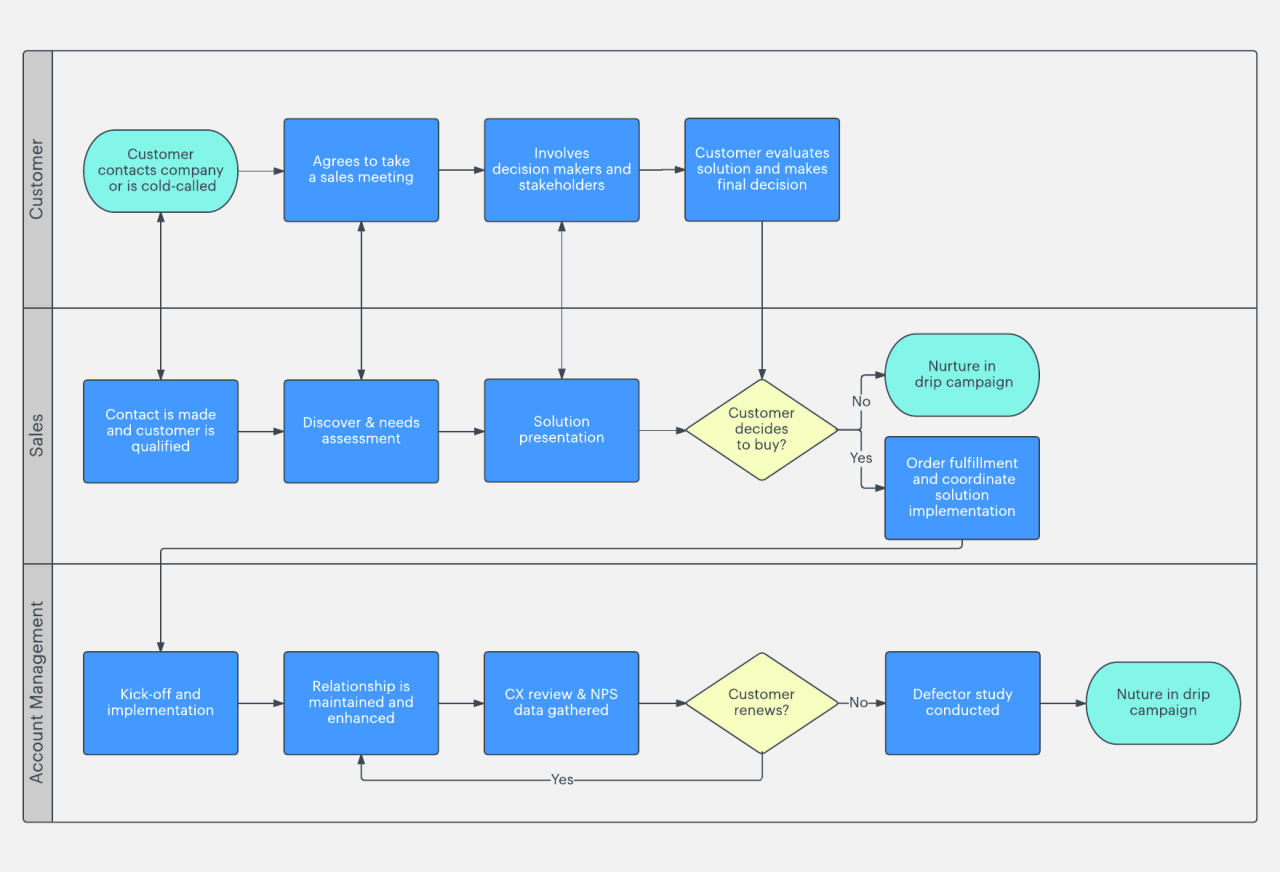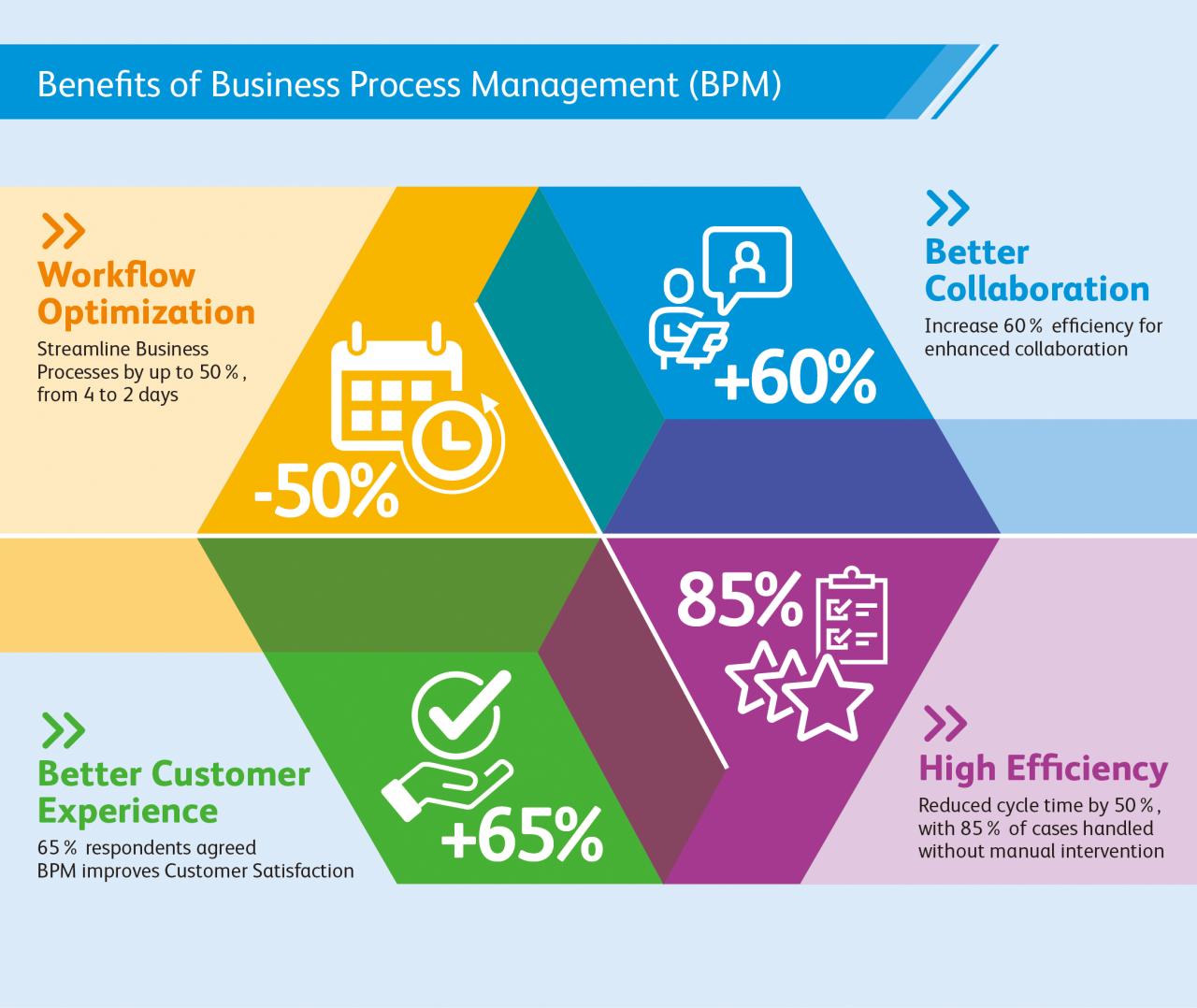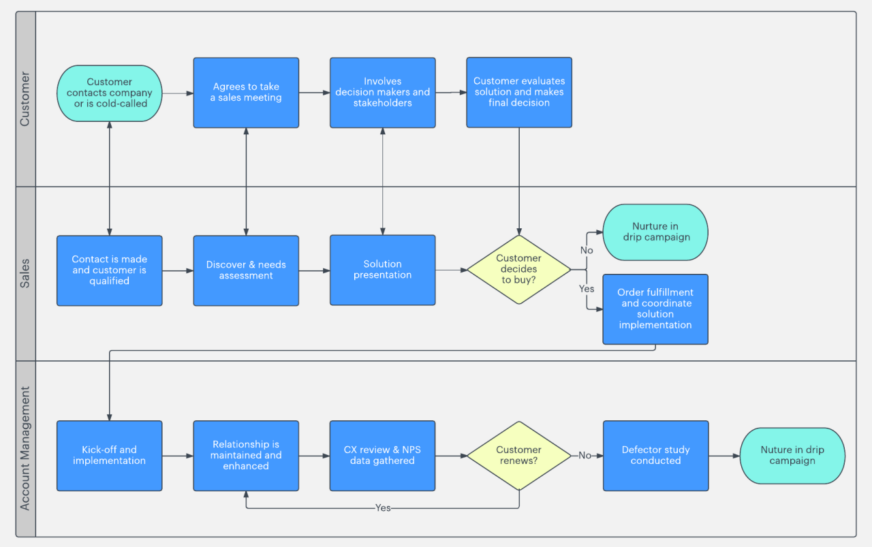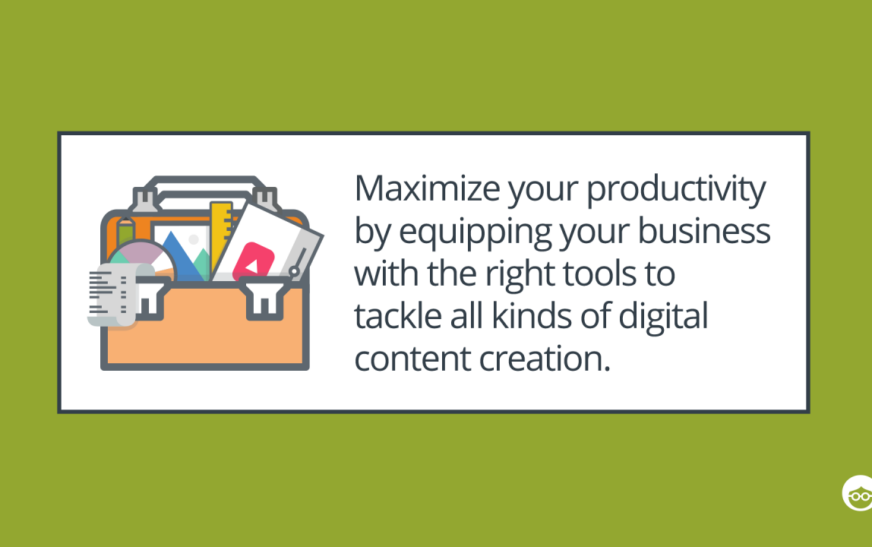As How Digital Tools Can Streamline Your Sales Process takes center stage, this opening passage beckons readers into a world crafted with good knowledge, ensuring a reading experience that is both absorbing and distinctly original.
In today’s fast-paced business landscape, leveraging digital tools has become essential for optimizing sales processes. From customer relationship management systems to automation tools, the use of technology can revolutionize how businesses approach sales. Let’s explore the transformative power of digital tools in streamlining your sales process.
Introduction to Digital Tools in Sales
Digital tools play a crucial role in streamlining the sales process by leveraging technology to improve efficiency and effectiveness. These tools encompass a wide range of software applications and platforms designed to automate tasks, analyze data, and enhance communication in sales activities.
Benefits of Using Digital Tools for Streamlining Sales
- Increased productivity: Digital tools automate repetitive tasks, allowing sales teams to focus on high-value activities.
- Improved data analysis: Tools like CRM systems provide valuable insights into customer behavior and preferences, enabling targeted sales strategies.
- Enhanced communication: Platforms like email marketing software and video conferencing tools facilitate seamless interactions with clients and prospects.
- Streamlined workflow: Automation tools help in creating efficient sales processes, reducing manual errors and delays.
Examples of Popular Digital Tools Used in Sales Processes
- Customer Relationship Management (CRM) systems:CRM software like Salesforce, HubSpot, and Zoho CRM help in managing customer relationships, tracking sales activities, and analyzing data for better decision-making.
- Email marketing platforms:Tools such as Mailchimp, Constant Contact, and Sendinblue enable businesses to create and send targeted email campaigns to engage with leads and customers.
- Sales automation software:Platforms like Outreach, SalesLoft, and Groove automate sales tasks, scheduling, and follow-ups to improve sales team efficiency.
- Business intelligence tools:Software like Tableau, Power BI, and Google Data Studio provide insights through data visualization, aiding in sales forecasting and performance analysis.
Customer Relationship Management (CRM) Systems

Customer Relationship Management (CRM) systems play a crucial role in streamlining sales processes by centralizing customer data and interactions in one place. This allows sales teams to access relevant information efficiently and tailor their approach to each customer.
Efficient Customer Interaction Management
CRM systems help in managing customer interactions efficiently by tracking communication history, storing contact information, and providing insights into customer preferences. This enables sales representatives to engage with customers in a more personalized and meaningful way, ultimately leading to higher conversion rates.
- Utilize CRM systems to track customer interactions across various touchpoints, such as emails, calls, and meetings, to ensure a cohesive and consistent communication strategy.
- Segment customers based on behavior, demographics, and buying patterns to target specific groups with tailored marketing messages and offers.
- Automate repetitive tasks, such as follow-up emails and appointment scheduling, to save time and focus on building relationships with customers.
Best Practices for Implementing CRM Systems
Implementing CRM systems effectively can significantly enhance sales productivity and customer satisfaction. Here are some best practices to consider when integrating CRM software into your sales process:
- Provide comprehensive training to sales teams on how to use the CRM system effectively to maximize its benefits and ensure adoption.
- Customize the CRM system to align with your sales processes and goals, ensuring that it captures relevant data and provides actionable insights.
- Regularly update and maintain the CRM database to ensure accuracy and relevance of customer information, helping sales teams make informed decisions.
Automation Tools for Sales
Automation tools play a crucial role in streamlining sales processes by eliminating manual tasks, reducing errors, and increasing efficiency. By automating repetitive tasks, sales teams can focus more on building relationships with customers and closing deals.
Comparison of Different Automation Tools, How Digital Tools Can Streamline Your Sales Process
- Customer Relationship Management (CRM) Systems: CRM systems help sales teams manage customer interactions, track leads, and streamline communication. Examples include Salesforce, HubSpot, and Zoho CRM.
- Email Marketing Automation: Email marketing automation tools enable sales teams to create personalized email campaigns, track engagement, and nurture leads. Popular tools include Mailchimp, Constant Contact, and ActiveCampaign.
- Sales Enablement Platforms: These platforms provide sales teams with the content, tools, and training they need to effectively engage with prospects and close deals. Examples include Seismic, Highspot, and Showpad.
- Sales Intelligence Software: Sales intelligence tools help sales teams gather data on prospects, identify sales opportunities, and make informed decisions. Examples include ZoomInfo, InsideView, and DiscoverOrg.
Tasks that Can be Automated to Improve Sales Efficiency
- Lead Scoring and Qualification: Automation tools can analyze lead behavior and data to prioritize leads based on their likelihood to convert, allowing sales reps to focus on high-potential prospects.
- Follow-Up Emails and Reminders: Automating follow-up emails and reminders ensures that sales reps stay in touch with leads at the right time, increasing the chances of closing a sale.
- Sales Reporting and Analytics: Automation tools can generate real-time reports and analytics on sales performance, pipeline health, and revenue forecasts, empowering sales teams to make data-driven decisions.
- Appointment Scheduling: Tools like Calendly and Doodle allow prospects to book meetings with sales reps based on their availability, saving time and streamlining the scheduling process.
Data Analytics and Reporting

Data analytics plays a crucial role in optimizing sales strategies by providing valuable insights for sales teams. By harnessing the power of data, businesses can make informed decisions and drive growth in their sales processes.
Importance of Data Analytics in Sales
Data analytics tools offer a deeper understanding of customer behavior, trends, and preferences, allowing sales teams to tailor their approach accordingly. By analyzing data, businesses can identify opportunities for upselling, cross-selling, and customer retention, ultimately maximizing revenue.
- Data analytics enables sales teams to track key performance indicators (KPIs) such as conversion rates, customer acquisition costs, and average deal size. By monitoring these metrics, businesses can evaluate the effectiveness of their sales strategies and make data-driven decisions to improve performance.
- Through data analytics, businesses can also forecast sales trends, identify potential risks, and capitalize on emerging opportunities. By analyzing historical data and market trends, sales teams can adapt their strategies to meet changing customer demands and market conditions.
- Furthermore, data analytics tools provide real-time insights into sales performance, allowing sales teams to quickly adjust their approach and seize opportunities as they arise. By staying agile and responsive, businesses can maintain a competitive edge in the market.
Integrating Digital Tools with Sales Strategies: How Digital Tools Can Streamline Your Sales Process

Integrating digital tools into your sales strategies can significantly enhance your sales process and improve efficiency. By seamlessly incorporating these tools into your workflow, you can streamline operations, increase productivity, and ultimately drive better results.
Designing a Strategy for Integration
When designing a strategy for integrating digital tools into your sales process, it is essential to first identify your sales objectives and goals. By aligning these objectives with the capabilities of the digital tools you plan to use, you can ensure a more effective integration.
Consider mapping out the customer journey and identifying touchpoints where digital tools can add value.
Tips for Aligning Digital Tools with Sales Objectives
- Clearly define your sales objectives and key performance indicators (KPIs) before selecting digital tools.
- Train your sales team on how to effectively use the digital tools and align them with the overall sales strategy.
- Regularly review and analyze data from the digital tools to track progress towards sales objectives and make necessary adjustments.
- Ensure open communication between sales and marketing teams to ensure alignment of tools and strategies.
Challenges and Solutions in Integrating Digital Tools
One common challenge in integrating digital tools with sales strategies is resistance from the sales team due to fear of change or lack of understanding of the tools. To overcome this, provide comprehensive training and support to help them adapt to the new tools.
Additionally, ensure that the tools are user-friendly and align with existing workflows to minimize disruption.
By addressing these challenges proactively, you can ensure a successful integration of digital tools into your sales strategies and drive better results.
Wrap-Up
In conclusion, embracing digital tools can revolutionize your sales process, leading to increased efficiency, enhanced customer relationships, and ultimately, improved sales performance. By integrating these tools strategically and overcoming challenges, businesses can stay ahead in a competitive market. So, unlock the full potential of your sales strategy by harnessing the power of digital tools today.




